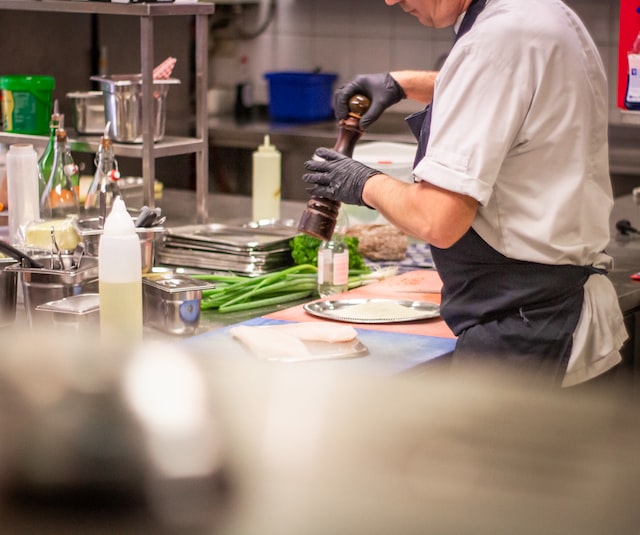Specialty food suppliers seeking to appeal to restaurant operators should emphasize their products’ versatility and their ability to provide labor savings, according to a new Datassential report on the state of the foodservice industry.
“Show that your product is labor-saving, and if it’s not, make it so, and show that your product has versatility and can be used in lots of different applications,” said Jack Li, executive chairman at Datassential, in a webinar about the report last week.
The report, called One Table, surveyed operators across the foodservice spectrum about their current challenges, the environment for products and purchasing, and the outlook for the future of the industry.
Amid rising costs for labor and ingredients, operators reported that their profit margins have declined to 13 percent of sales this year, compared with 21 percent of sales before the pandemic. Restaurants have been hesitant to “pull the trigger” and raise prices, despite the escalating costs, Li explained.
For the 12 months through April of this year, restaurants have increased their overall menu prices by only 5.6 percent, according to Datassential. That compares with a 10.8 percent increase in food-at-home prices during that time and an 8.3 percent overall inflation in the U.S.
Inflation remains the biggest challenge operators said they face, cited by about 38 percent of One Table survey respondents. It was followed closely by interrelated labor and supply chain challenges.
“It really is just a generalized soup of things that is making life really difficult for the operator,” said Li.
In the past six months alone, foodservice operators reported an 18 percent increase in packaging costs, a 17 percent rise in food costs, and a 12 percent increase in labor costs, the Dastassential research showed.
About a quarter of operators—26 percent—said they are looking for more value-tier products, although branding remains important. During the past six months, 22 percent of operators said they have increased their reliance on manufacturer brands, compared with 14 percent who have increased their reliance on private-label brands, the report found.
Operators are also shifting toward the purchase of smaller case sizes, or even asking their suppliers to break down cases into shipments of individual items, if possible, said Mark Brandau, associate director of research and insights at Datassential.
“The pressure is on [operators] to reduce their inventories rather than grow them,” he said.
Those operators that have decided to raise their menu prices likely need help from their suppliers in justifying those increases, said Li. Suppliers should be prepared to suggest menu descriptions that explain why a specific product is more expensive in a way that makes it appealing to customers.
“Helping them with menu language optimization is…not an expensive thing to do,” said Li. “It’s just messaging, but it’s important messaging.”
Convenience-Oriented Products
Challenges in finding and retaining labor, particularly in the back of the house, are leading to more opportunities for products that require minimal preparation and training, and “speed-scratch” items that are partially prepared, for example.
“There’s a real appetite to move toward more convenience-oriented products because of the current environment,” said Li.
Operators are also seeking products and ingredients that are versatile for utilization across the menu.
When it comes to the supply chain, foodservice operators face two types of challenges: out-of-stock items and a lack of clear communications about product availability, said Huy Do, publications manager at Datassential. Often, he said, operators are learning on very short notice that a product they had ordered will not be delivered as scheduled.
“Because of that, operators are becoming a lot more flexible in where they are buying and sourcing,” he said, citing an increase in the buying of products from multiple sources.
Although operators still rely overwhelmingly on broadline distributors, many also appear to be buying more from warehouse clubs and online sellers to fill in the gaps, the report found.
Related: Supply Chain Challenges Persist in Specialty Arena: Report; As Grocery Prices Swell, Restaurants Offer Value

